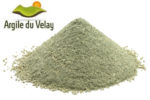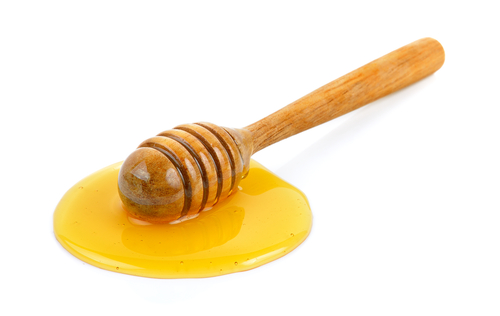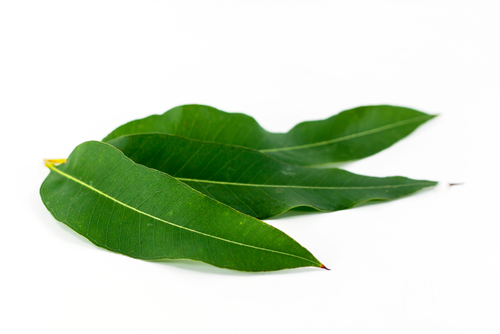Healing antibacterial clay for hooves.
Artimud fills shallow cracks in hooves and provides long-lasting protection against damage. It contains natural active ingredients that cleanse the area and support the formation of healthy tissue.
Due to its thick, clay-like consistency, it’s easy to apply and stays in place well, allowing the protective substances to work longer.
Artimud is ideal for protecting shallow splits in the white line, frog cracks, and external cracks. It is often used under adhesive horseshoes and soles to keep the soles and frogs in healthy condition. Try Hoof-Stuff for deeper, narrower cracks.
Remove all dirt from the area to be filled and dry it thoroughly. Artimud can be smoothed, rolled, pressed flat, spread and shaped. Push the clay into the crack and smooth it out. Talcum powder or tissue can be applied to prevent sticking. Artimud is also ideal for applying to the foot and on both sides of the frog before applying impression material, soles and self-adhesive horseshoes.
Committed to using the most natural ingredients possible:
Since we started Red Horse in 2006, we have been committed to using the most natural ingredients possible, ingredients that are effective and deliver great results, but at the same time are gentle on horses’ hooves and tissue. This commitment forms the core of our promise to our customers and is an essential part of the brand and our company.
That’s why we have always been careful to avoid the harsh substances and bulky fillers often found in many mass-produced products, and have sought out and selected suppliers that enable us to fulfill this promise through our range.
Should I use Hoof-Stuff or Artimud?
Hoof Stuff is generally used when the crack is deeper and can hold a textile-based filler. As a general rule: deep and narrow = Hoof Stuff, shallow and wide = Artimud.
Test whether moist cotton wool stays in the crack. If it does, Hoof Stuff will probably work best. If not, opt for Artimud.
Should I rinse the crack before filling it?
Ideally, at least the first time. Allow the crack to dry thoroughly before applying Artimud so that the product adheres better.
What should I use to rinse the crack?
We recommend using Sole Cleanse, but any ‘mild’ agent is suitable, such as salt water, diluted vinegar, etc. Do not rinse with iodine, peroxide, bleaches, etc., as these agents can damage healthy tissue.
Should I remove Artimud daily and clean crevices, or does the product stay in place for a certain period?
How long Artimud stays in place depends on specific circumstances. If Artimud remains well in the crevice, replacement is generally not necessary. Usually, people find they need to replace it every few days.
Do I need to rinse the cleft every time I replace the filling?
Once the cleft has been rinsed, it doesn’t need to be cleaned again if no dirt gets in (i.e., if the Artimud stays in place). Artimud adheres better in a dry cleft.
Can I use Artimud in an abscess cavity?
Make sure the abscess has completely drained before applying the filling and remove the Artimud twice daily initially to ensure no fluid builds up behind it.
Can I use Artimud under shoes or insoles?
Yes, this is a common use to ensure feet stay in good condition when covered.
Do I need to protect my hands when using Artimud?
No, unless you are allergic to eucalyptus oil or want to keep your hands clean.






 Green French clay
Green French clay
 Essential oils
Essential oils
Reviews
There are no reviews yet.